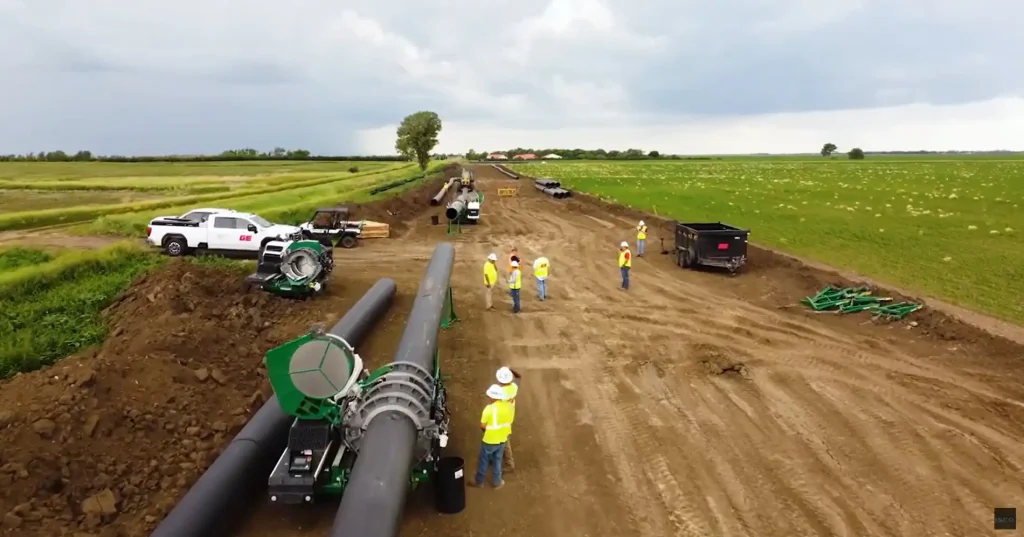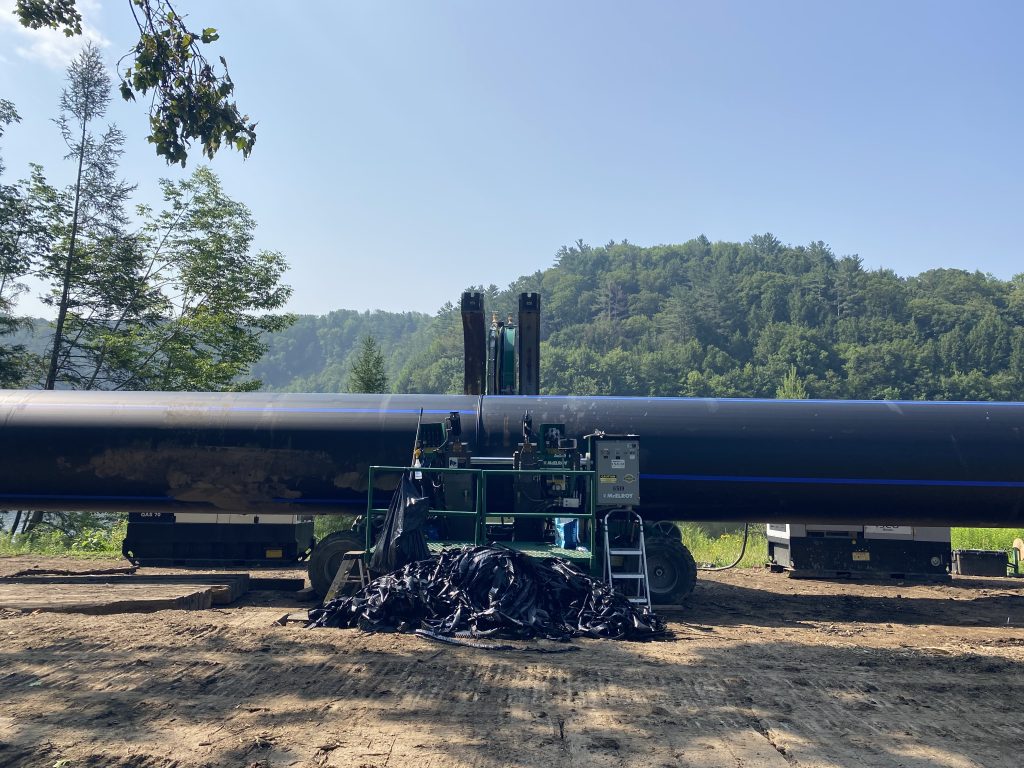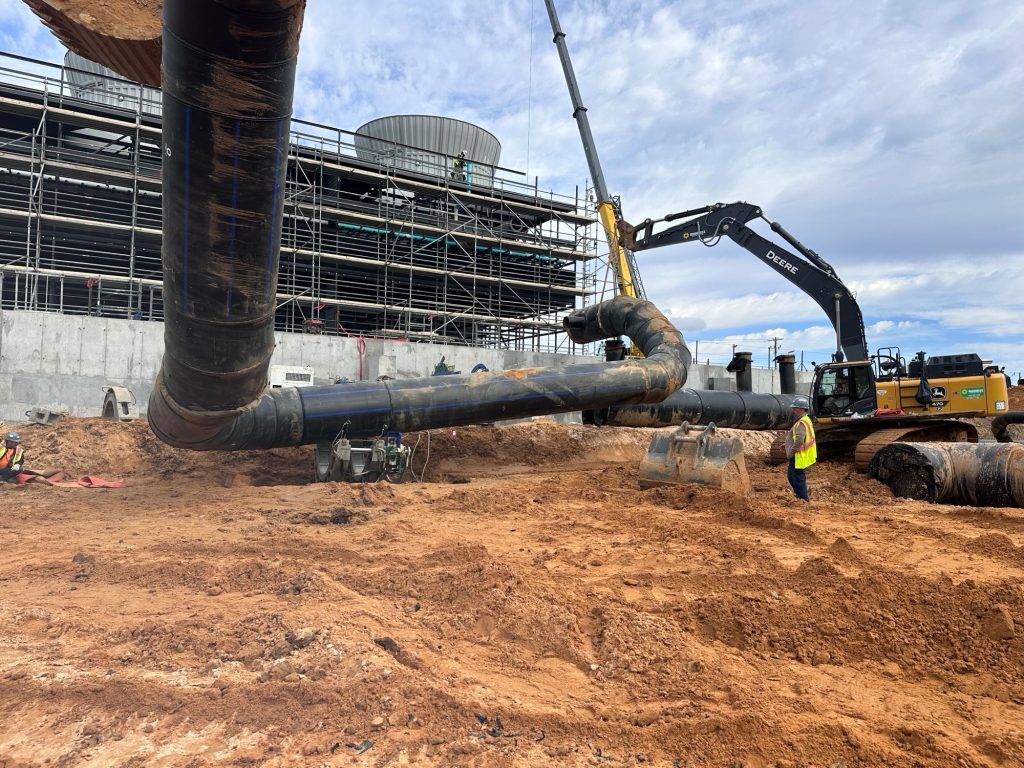Resources
Field Reports
U.S. Army engineers take proactive Approach to levee Repair
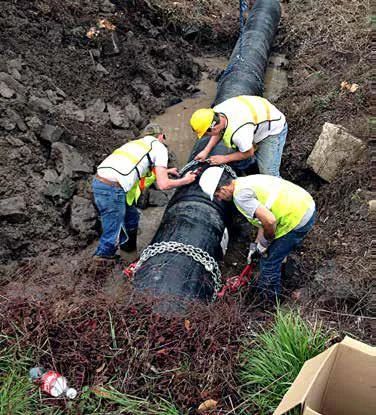
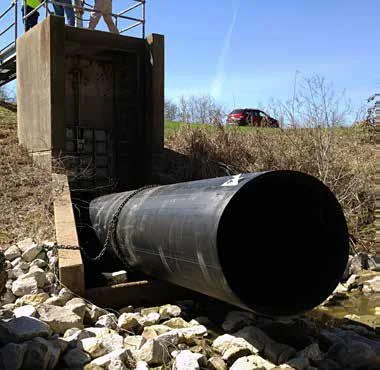
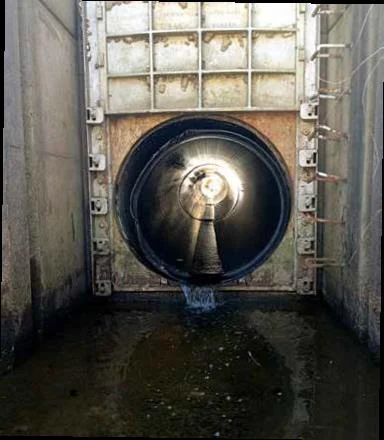
Background
Levees form a critical part of the United States infrastructure as past flooding has proven. Their maintenance and repair is held to rigorous standards as a primary protection to citizens and property in the event of a natural disaster. For local and federal agencies, keeping the nation’s estimated 100,000 miles of aging levee systems from failing is a major undertaking.
“Many of our flood control structures and pipes are 40 to 50 years old and they are exceeding their useful life,” said Neal Lewis, an engineer with the United States Army Corps of Engineers (USACE). “We are lining (drainage) pipes in an effort to extend the life cycles of our existing structures.”
In many cases, the corrugated metal pipes (CMPs) within the levee systems are corroded and rapidly deteriorating. Deteriorated drainage pipes can lead to seepage through the levee, pipe collapse and a potential breach of the levee system.
“CMPs will rust over time,” said Lewis. “Coatings applied to protect them when they were constructed deteriorate, leaving the metal exposed to the environment. Storm water runoff in agricultural areas tends to be more corrosive, which shortens the lifespan of CMPs.”
Snap-Tite offers a solution.
Why Snap-Tite?
“The USACE is responsible for maintenance on certain levees in Louisiana and Mississippi, and they are repairing drainage pipes proactively to eliminate concerns over future pipe collapse,” said Stephen Boggess, director of the Snap-Tite division of ISCO Industries. “These repairs could be a template for future repairs done at the local level by local sponsors.”
Significant due diligence by local agencies, and the USACE, is required to determine the best method of repair, and in the USACE’s Vicksburg, MS District, the Corps of Engineers selected Snap-Tite solid-wall HDPE pipe liner as their choice for critical levee repairs.
The primary alternative – digging up the pipe and replacing it – is very costly and requires cutting into the levee, potentially affecting the long-term structural integrity of the entire system. Snap-Tite can be installed comparatively easily and inexpensively. The construction crew slip-lines the existing CMP with Snap-Tite and grouts the liner fully in place, maintaining the structural integrity of the levee system. The new Snap-Tite liner maintains the same necessary hydraulic flow of the storm drainage into the river, with high-quality material and water-tight joints.
A unique feature of Snap-Tite is that it does not require fusion to join the HDPE pipe together. The ends of the Snap-Tite pipe are machined on each end. The machined male and female ends are then “snapped” together, piece-by-piece, on site using come-a-longs and chains. City, county and state agencies maintain the majority of the levees in the USACE Levee Rehabilitation and Inspection Program (RIP), which means they must source the repair work and pay for it. A very small percentage of levee systems critical to flood control are maintained and repaired by the Army Corps of Engineers.
But all levee systems in the RIP program – locally and federally managed – are regularly inspected by the USACE. And all levee systems in the RIP program must meet the standards set by them. “The Snap-Tite pipe was reviewed by another Corps district and was determined to be an acceptable product for lining pipes, likewise our district is using Snap-Tite,” Lewis said. “By lining CMPs, we hope to extend the life cycle of our existing structures. We will extend the life of our structures and reduce the cost of our backlog maintenance work.”
